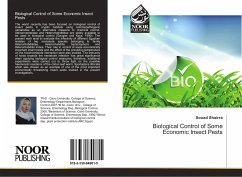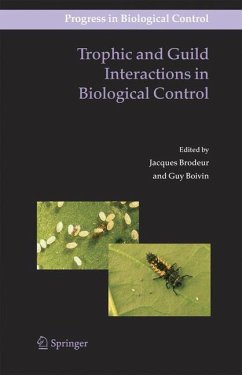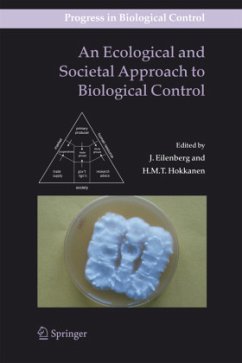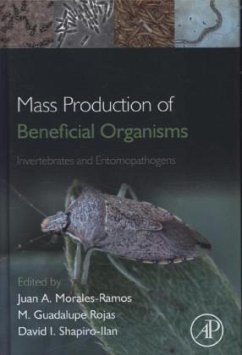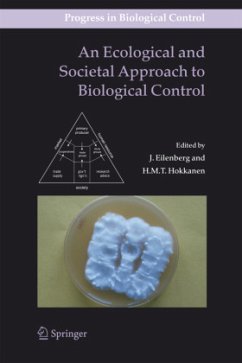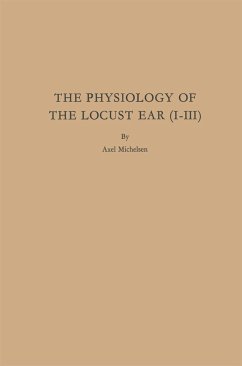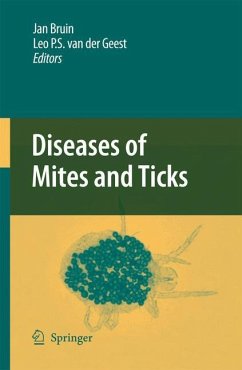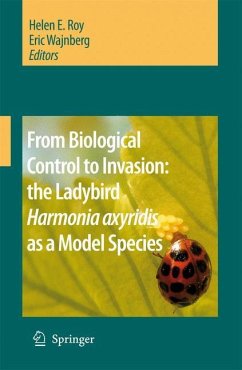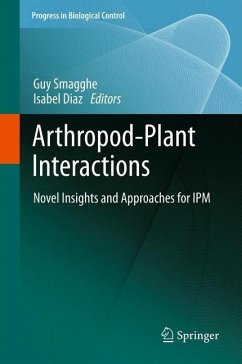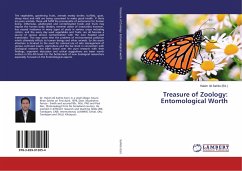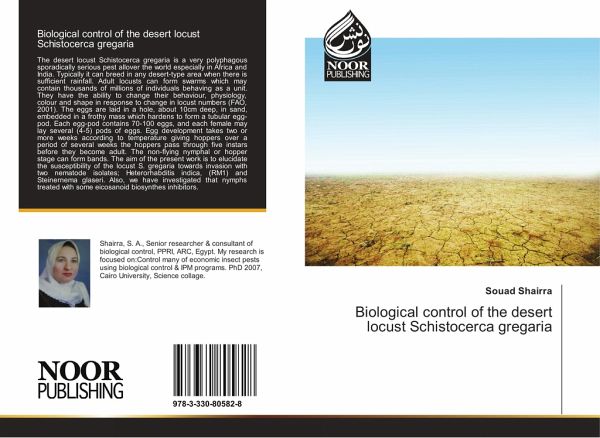
Biological control of the desert locust Schistocerca gregaria
Versandkostenfrei!
Versandfertig in 6-10 Tagen
24,99 €
inkl. MwSt.

PAYBACK Punkte
12 °P sammeln!
The desert locust Schistocerca gregaria is a very polyphagous sporadically serious pest allover the world especially in Africa and India. Typically it can breed in any desert-type area when there is sufficient rainfall. Adult locusts can form swarms which may contain thousands of millions of individuals behaving as a unit. They have the ability to change their behaviour, physiology, colour and shape in response to change in locust numbers (FAO, 2001). The eggs are laid in a hole, about 10cm deep, in sand, embedded in a frothy mass which hardens to form a tubular egg-pod. Each egg-pod contains ...
The desert locust Schistocerca gregaria is a very polyphagous sporadically serious pest allover the world especially in Africa and India. Typically it can breed in any desert-type area when there is sufficient rainfall. Adult locusts can form swarms which may contain thousands of millions of individuals behaving as a unit. They have the ability to change their behaviour, physiology, colour and shape in response to change in locust numbers (FAO, 2001). The eggs are laid in a hole, about 10cm deep, in sand, embedded in a frothy mass which hardens to form a tubular egg-pod. Each egg-pod contains 70-100 eggs, and each female may lay several (4-5) pods of eggs. Egg development takes two or more weeks according to temperature giving hoppers over a period of several weeks the hoppers pass through five instars before they become adult. The non-flying nymphal or hopper stage can form bands. The aim of the present work is to elucidate the susceptibility of the locust S. gregaria towards invasion with two nematode isolates; Heterorhabditis indica, (RM1) and Steinernema glaseri. Also, we have investigated that nymphs treated with some eicosanoid biosynthes inhibitors.



